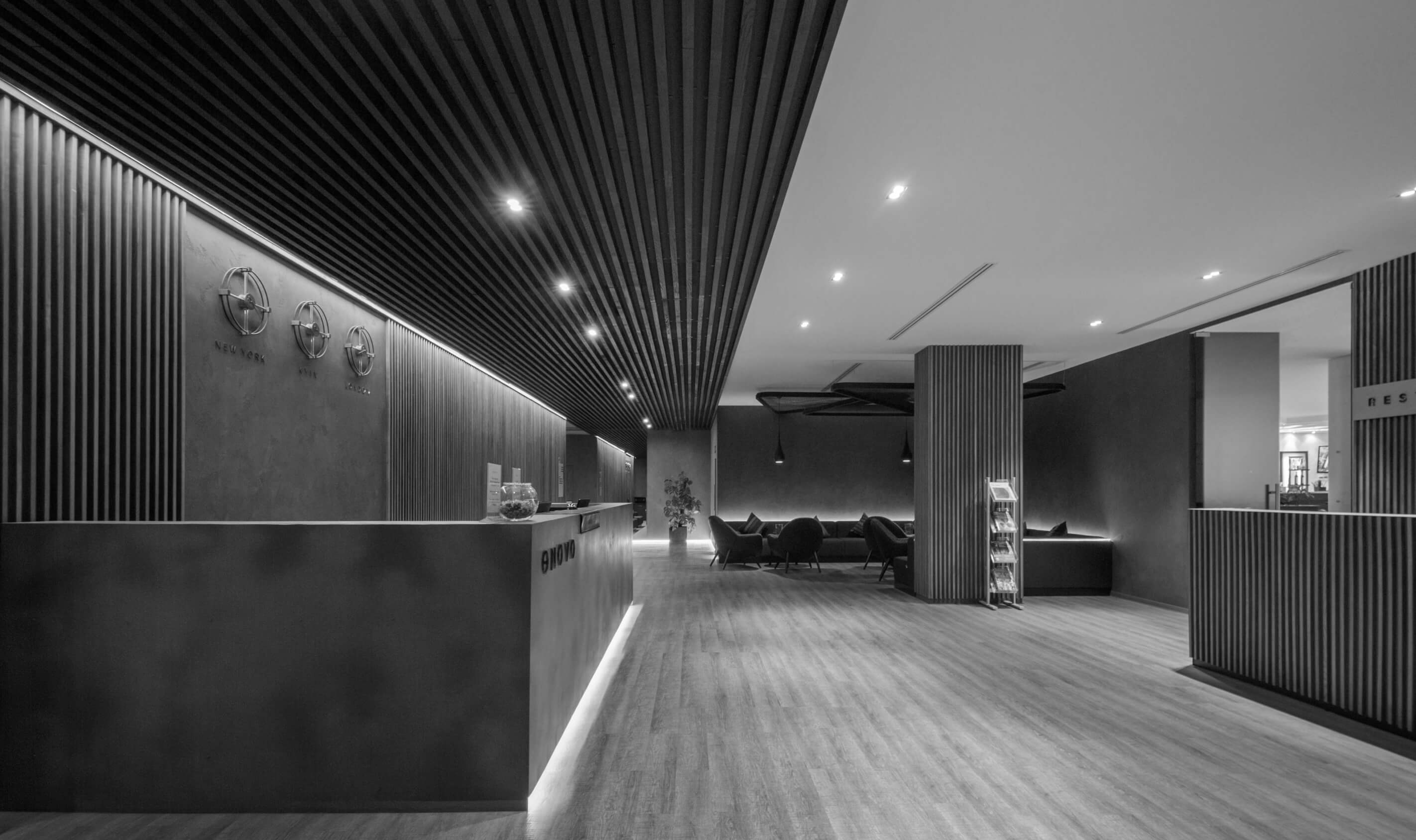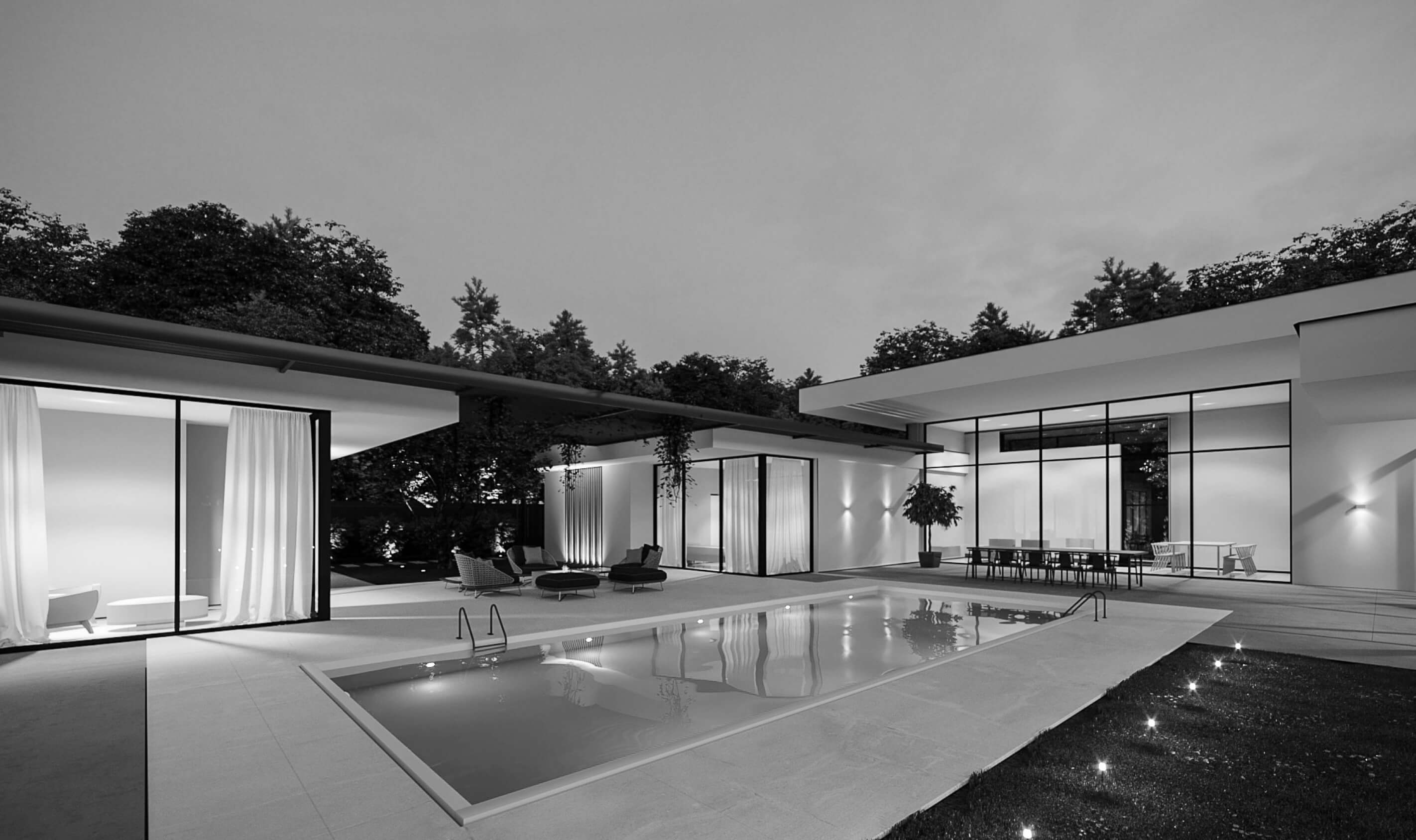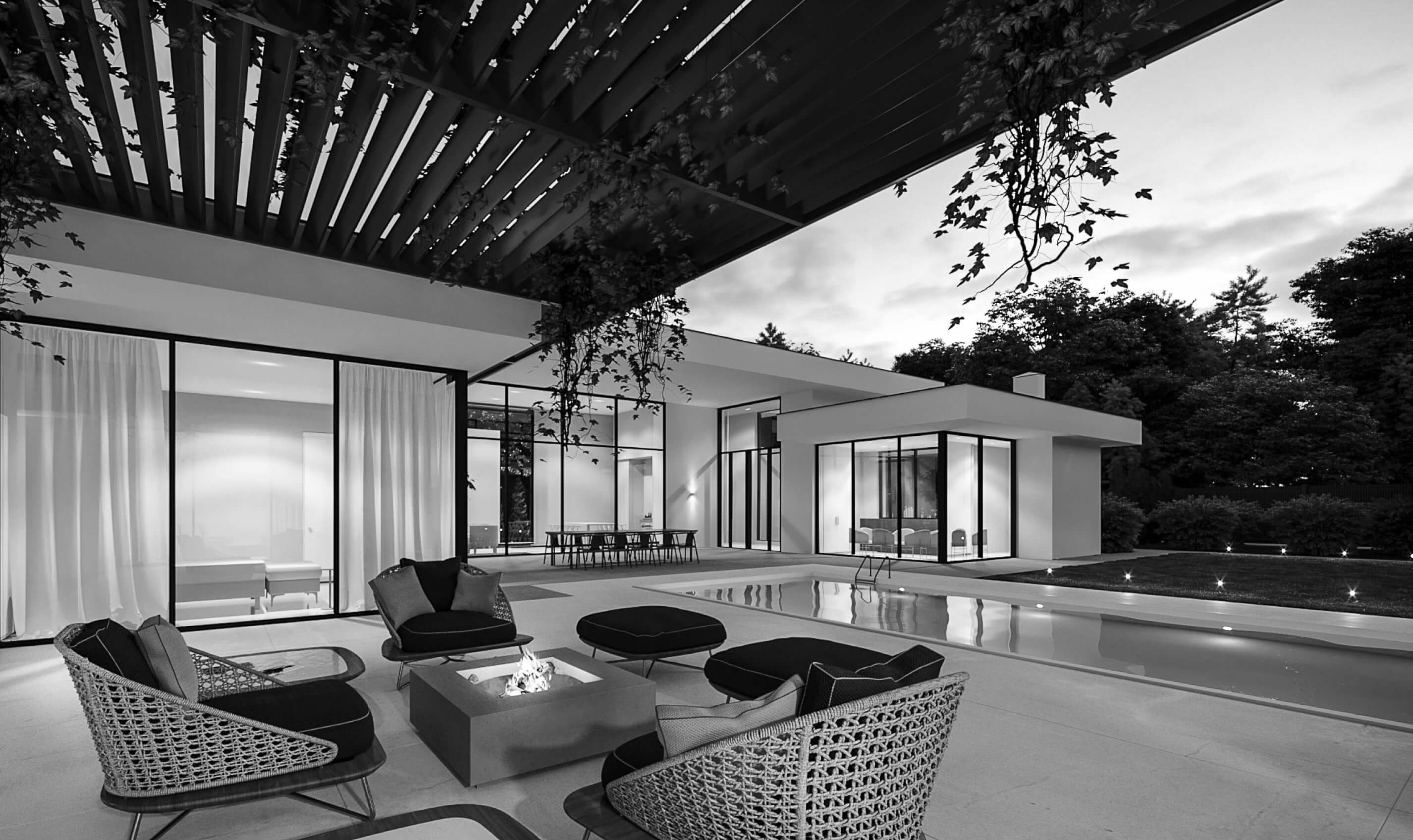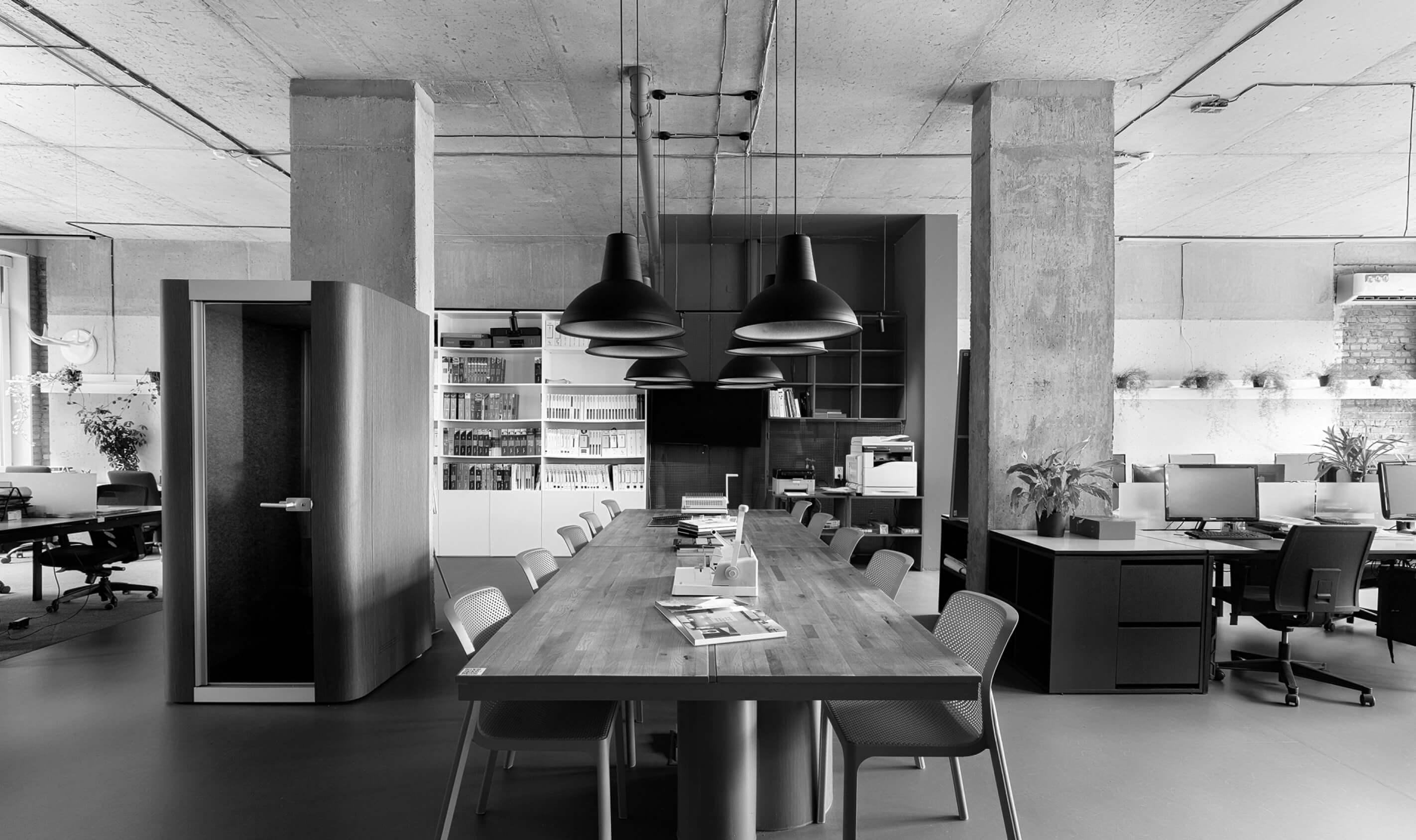Forming a concept in your head is a great start. But in order for it to turn into something tangible, something that can be demonstrated to the customer, it is necessary to materialize this idea. A mood board is the grain of the concept, the basic puzzle from which the project will be assembled later. Its result is a structured set of images with comments that resonate with the idea of the project.
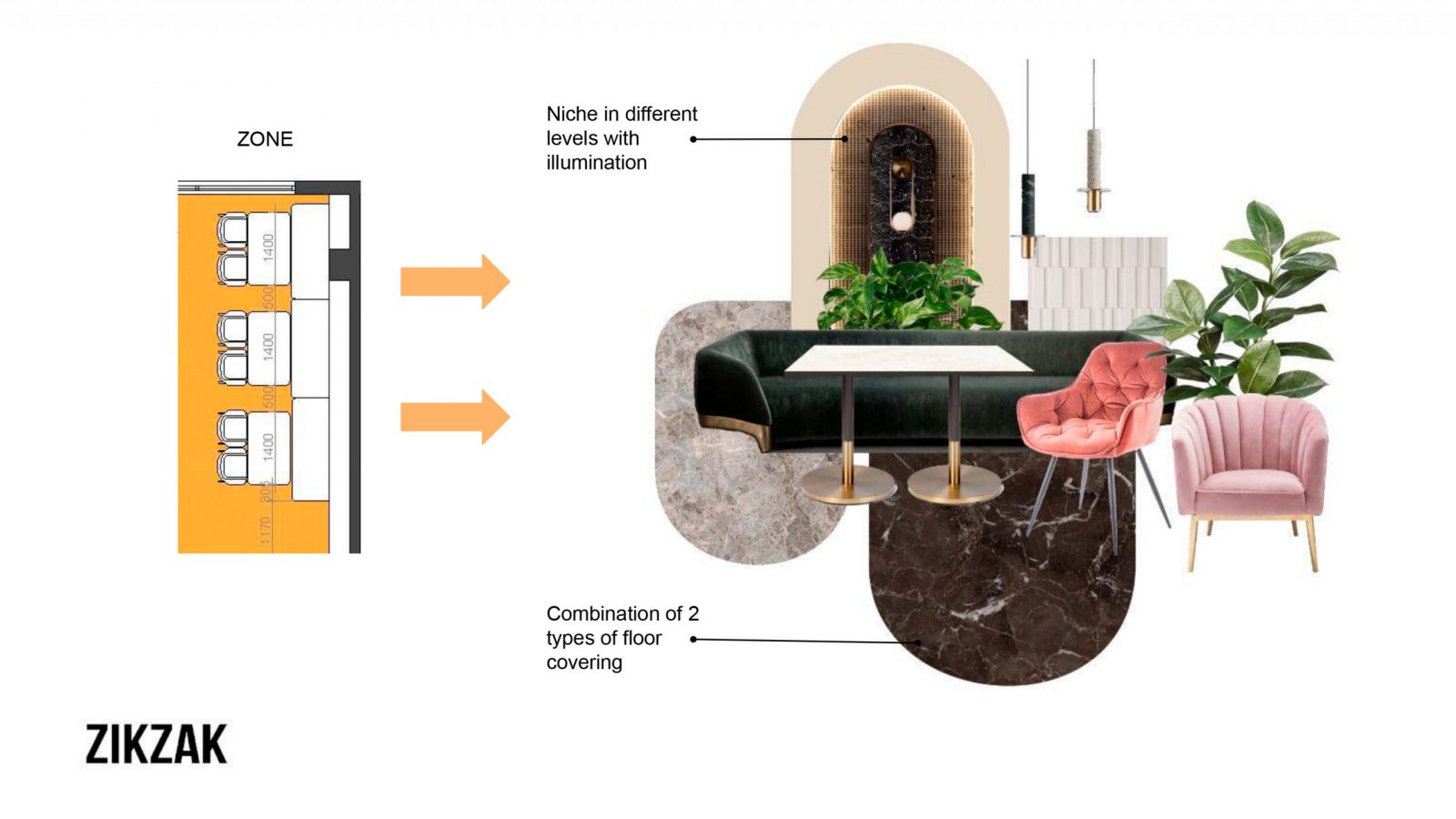
Creating mood boards: benefits for the client
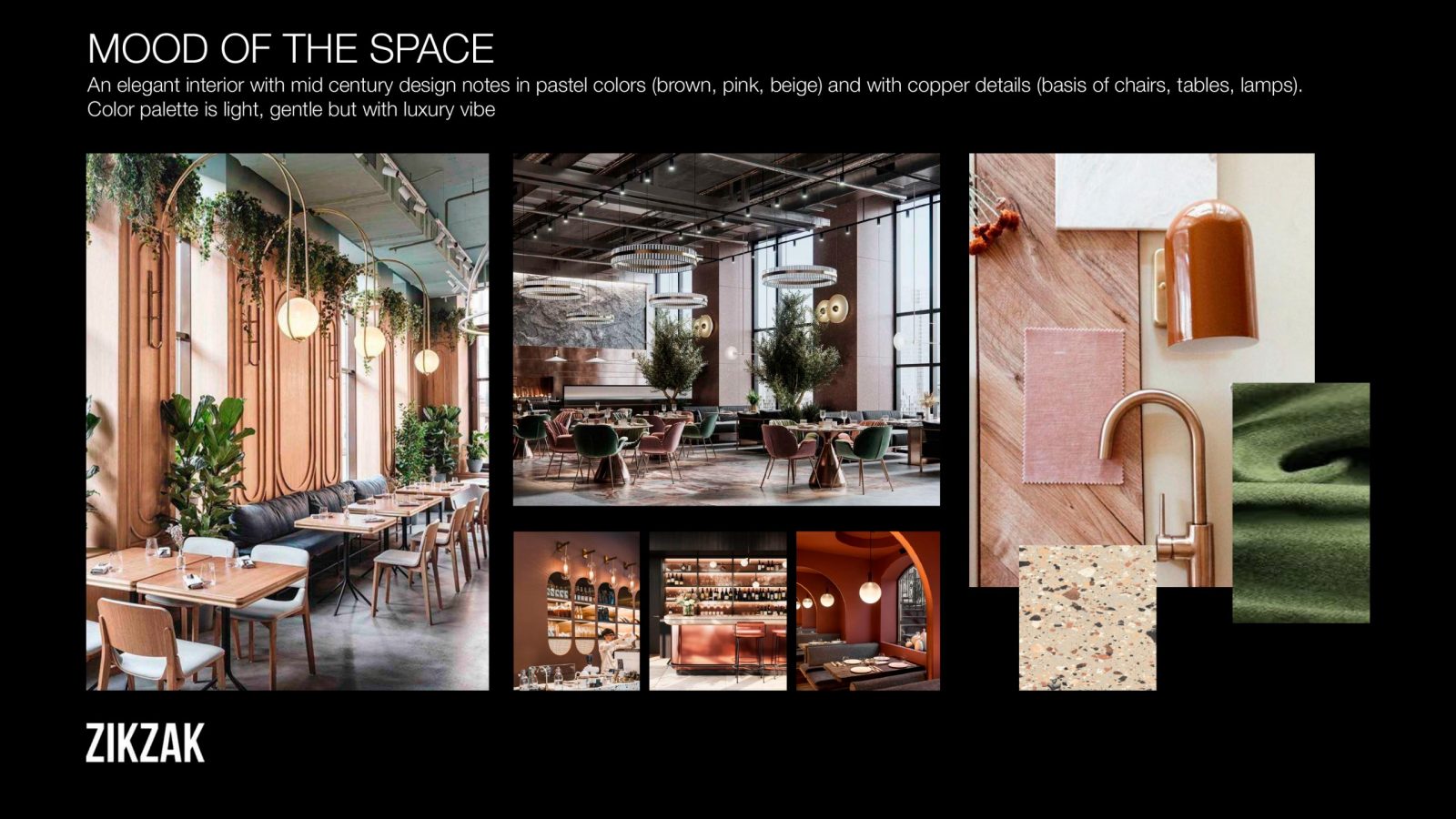
Work on the mood board begins immediately after the brief is drawn up, parallel with the planning solution’s development. After analyzing, systematizing, and summarizing all the client’s wishes, the designer transforms them into a holistic scenario of impressions and outlines the main means of their implementation with broad strokes. Then he resorts to the selection of references, with the help of which he can convey his vision, a mood preview of the future space. A mood board is an intermediate link between the specialist and the client, a kind of portal that allows, so to speak, to look into the mind of the designer and see the project that has not yet been completed. It is like an ultrasound monitor that shows the unborn baby (design project) to the excited parents (customer). Helping the client to see this visual image, and the whole picture, and make a decision is the key goal of the inspiration board.
The created and agreed mood board is an outline of the direction of work on the future design project, it is an agreement of intentions, and instructions for further development. It fixes the chosen style, design ideas, and basic color solutions. Such a roadmap specifies the further process and makes the result predictable for the client.
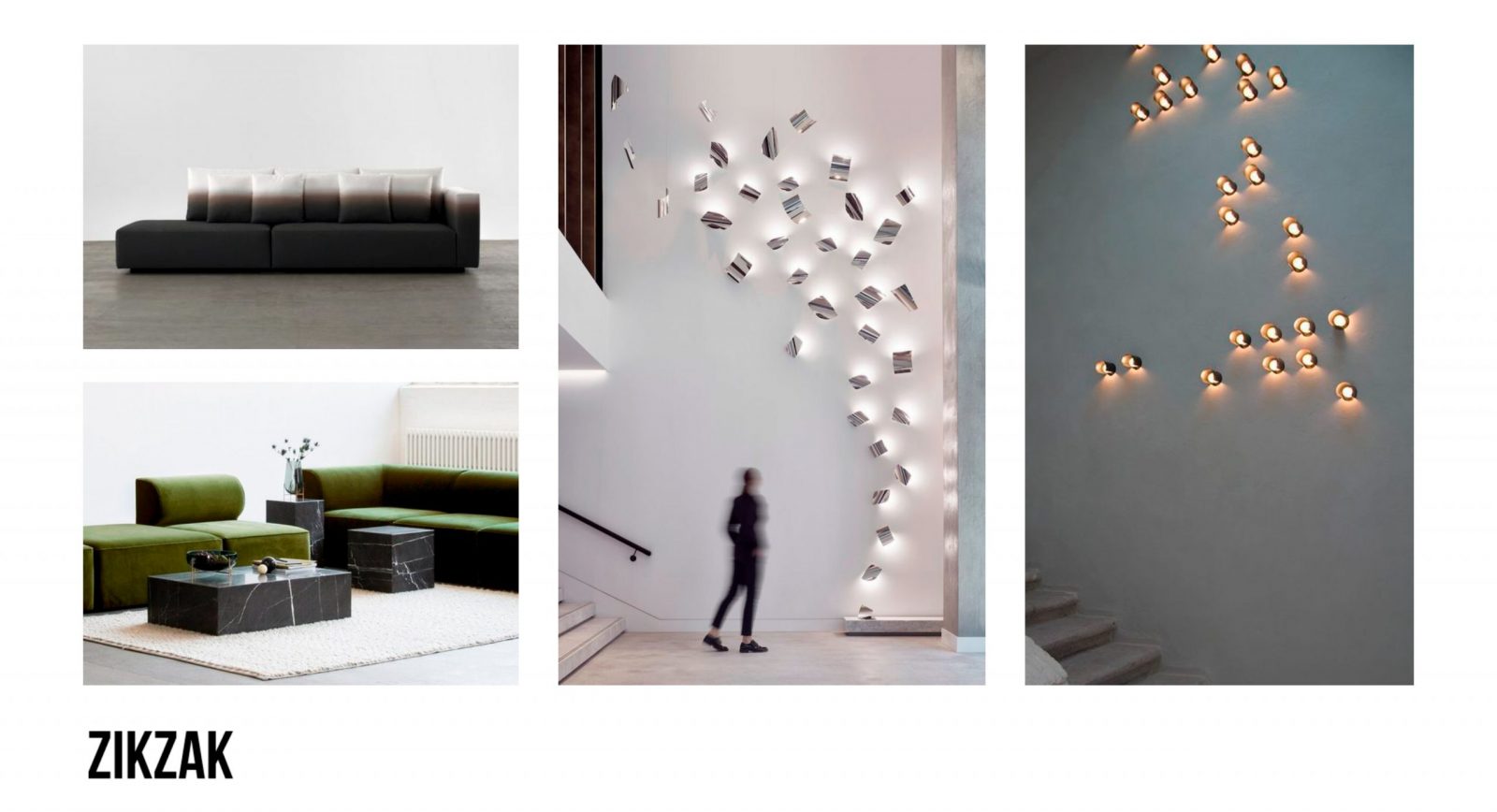
“Moodboard is always about inspiration, it is a stage of start and a certain exaltation because it is a creative way to express your idea. This is a research work, one of the most creative stages of work on the project, which inspires, motivates, and helps to make an abstract idea tangible by placing it in a material form,” says Lilia Tsymbal, project manager of ZIKZAK Architects.
Mood boards are not really a common or canonical stage in the work on design projects in agencies. However, for ZIKZAK Architects studio creative mood board is an integral part of the workflow. If you do not pay due attention to it, you will definitely waste time in the process of developing visualizations. The mood board guides and simplifies the work of the designer, but, first of all, it is a useful tool for the client. Looking at the mood board, the client realizes the designer’s vision of the future project and compares it with his own expectations and ideas about the ideal room. It is at this stage that it is most convenient to eliminate all contradictions and avoid potential disappointments in the process of working on visualizations. At the same time, the customer has the opportunity not only to adjust and develop their ideas and wishes but also to get a clear picture.
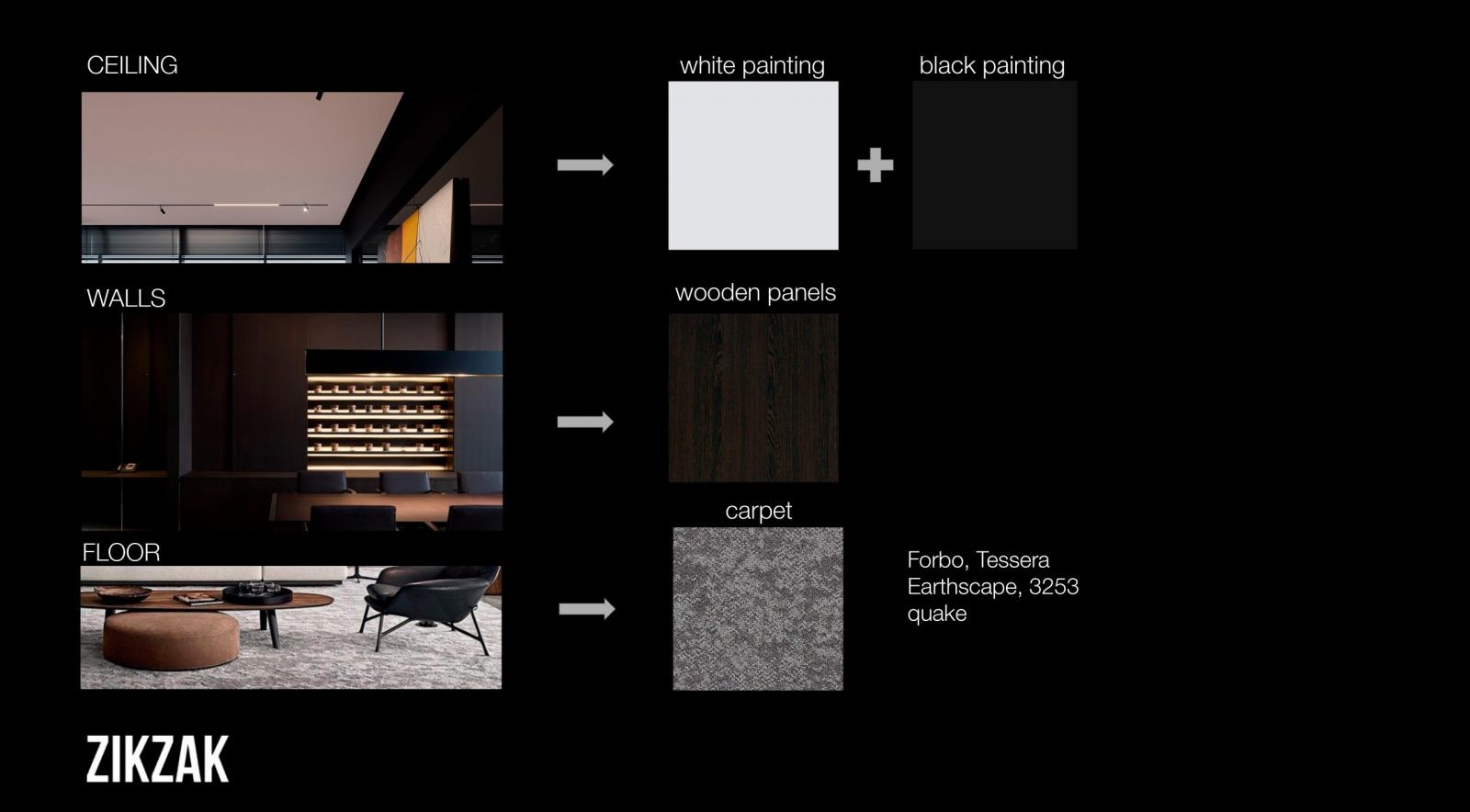
Already at the mood board stage, the client receives a visual concept, and specific solutions for style, zoning, materials, textures, lighting, landscaping, acoustics, decorative elements, and details. The mood board, created by an experienced designer, has a structured presentation and meaningful comments on the images. Each zone of the future space, its functionality, and its general mood are displayed on separate slides. But at the same time, the mood board is aesthetic creativity, not boring, incomprehensible diagrams and numbers. So the customer can easily catch the vibe and comprehend all the subtleties of the future design.
So if you are now at the beginning of a project that you want to be proud of, and if your designer offers you to determine the vector of movement with the help of a mood board, advise you not to neglect this offer, to devote an hour and a half of your time and make sure that you are on the same wavelength with the designer.

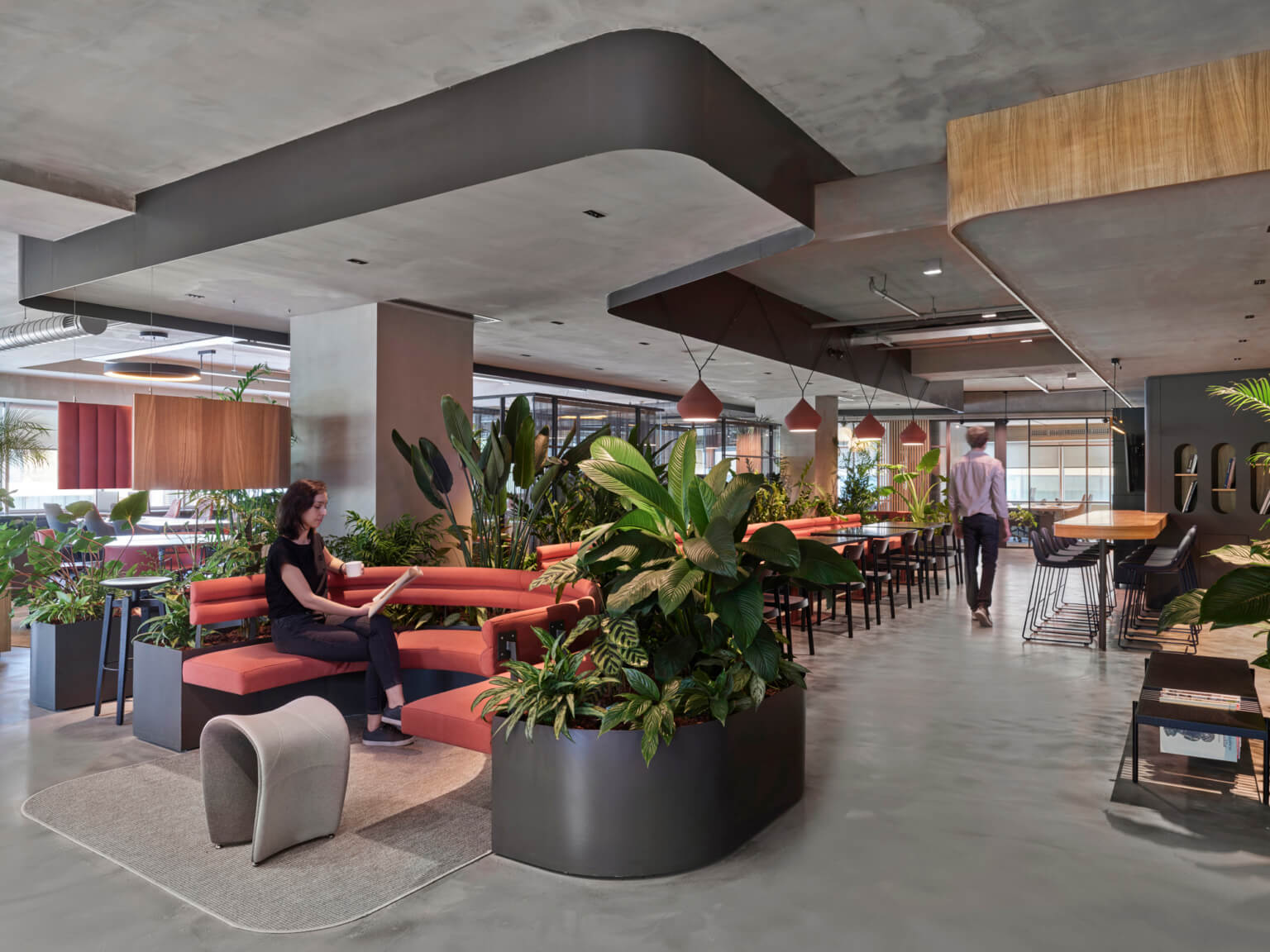

 Back
Back Back
Back



